A Detailed Guide To Buying 100% Pure Essential Oils
Aromatherapy is an incredibly popular natural healing practice that uses essential oils to promote physical and emotional well-being. If you’re interested in trying aromatherapy, it’s important to purchase pure, high-quality essential oils. This is a detailed guide to buying 100% pure essential oils, it will teach you everything you need to know about buying essential oils, including what to look for and where to find the best deals.
Before looking at how you can buy 100% pure aromatherapy essential oils, consider what the sellers or manufacturers do to make the oil pure in the first place.
Essential Oil Purity Tests
There are many methods employed by companies to make sure their oils are pure. The most common is gas chromatography/mass spectrometry (GC/MS), which is used to identify and quantify the individual chemical components in essential oil. This method can detect even very small amounts of impurities, so it’s considered to be one of the most reliable ways to test for purity.
Other methods used to test essential oils for purity include infrared spectroscopy, nuclear magnetic resonance spectroscopy, and liquid chromatography. These methods are less common, but they can also be quite effective.
Once a company has determined that its essential oil is pure, it will often list the results of the purity tests on its website or on the product label. This information can be very helpful when you’re trying to decide which oil is best.
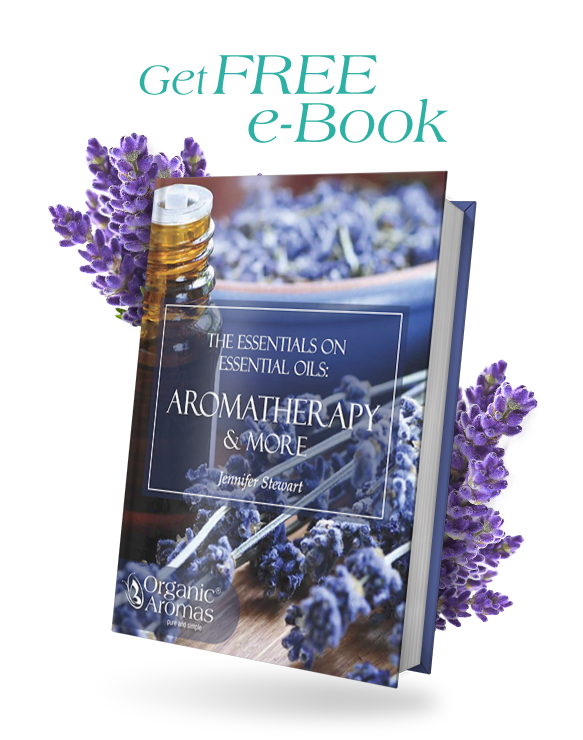
Sign Up to Get Your FREE
e-Book Here…
How Is Gas Chromatography/Mass Spectrometry (GC/MS) Done?
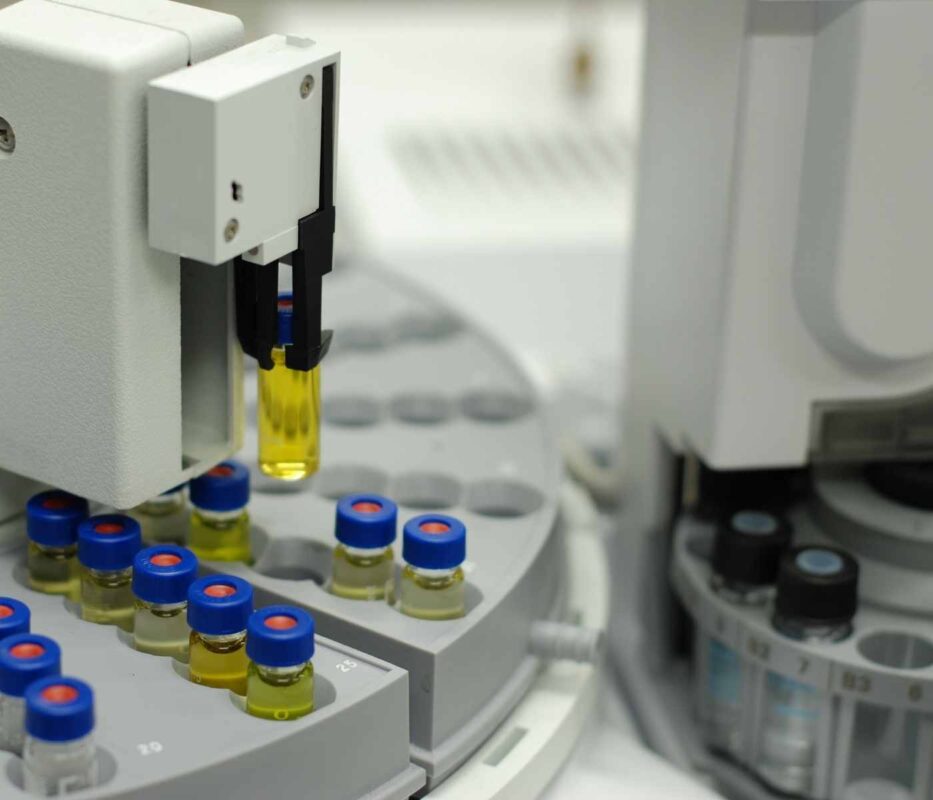
As mentioned above, gas chromatography/mass spectrometry (GC/MS) is the most common method used to test essential oils for purity. This method works by separating the individual components of an essential oil and then identifying them using a mass spectrometer.
The GC part of the test involves passing the essential oil through a column filled with a substance called a stationary phase. The different components of the oil will travel through the column at different speeds, based on their size, weight, and other characteristics.
Once the components have been separated, they are then passed into the mass spectrometer. This machine uses electric and magnetic fields to identify the different compounds in the oil, based on their mass-to-charge ratio.
The mass spectrometer produces a graph that shows the relative abundance of each compound in the oil. This information can then be used to determine the purity of the essential oil.
What To Look For When Buying Pure Essential Oils
Now that you know how oils are tested for purity, it’s time to learn what to look for when purchasing one. Here are some tips:
– Check the label to make sure the oil is 100% pure and has not been diluted with any other substances.
– Note the country of origin; many countries have different regulations regarding the quality of essential oils, so it’s best to purchase oils that are produced in countries with high standards.
– Make sure the oil has been tested for purity using gas chromatography/mass spectrometry (GC/MS) or another reliable method.
-Look for a company that provides detailed information about their essential oils, including the results of purity tests.
– Compare prices between different sellers; you may be able to find a better deal if you’re willing to shop around.
What Are 100 Percent Pure Therapeutic Grade Essential Oils?

These are oils that have been determined to be 100% pure and of a high enough quality to be used for therapeutic purposes. The term “therapeutic grade” is not regulated, so it can be used by any company that sells essential oils.
While the term “therapeutic grade essential oils” is essentially a marketing gag and has no specific meaning to any regulatory body, it has come to mean essential oils that have been tested for purity. The are 100 percent pure essential oils that are not oxidized and do not contain anything other than the original essential oil extracted from the plants themselves.
To be sure you’re getting a pure, high-quality oil, look for one that has been tested for purity using gas chromatography/mass spectrometry (GC/MS) or another method that is reliable. Pure essential oils follow a standard chemical profile that can be easily tracked and identified. Organic “therapeutic grade essential oil” is the gold standard. This is not related to Doterra. This merely means that the oils themselves were created from plant matter devoid of chemicals and that the oils have been tested using MCGS and are certified “clean and clear” of impurities and oxidation. Also, make sure the oil is from a country with satisfactory standards for essential oil production as alluded to above.
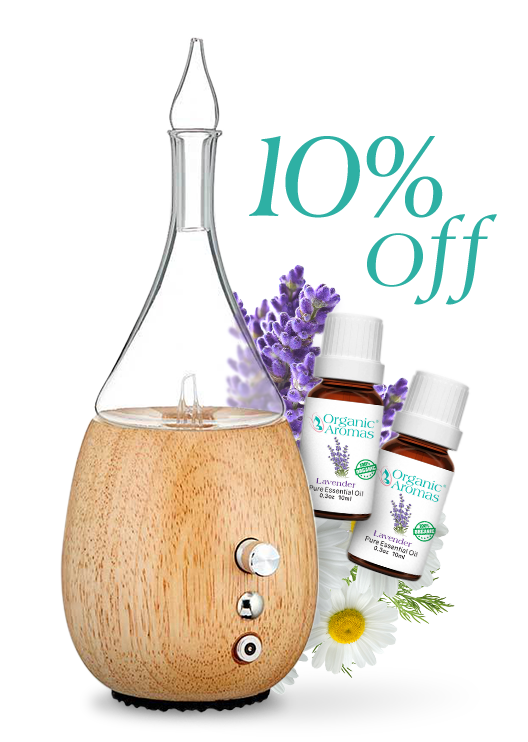
Join Now and Get a Coupon for 10% Off!
What Are Certified Pure Therapeutic Grade Essential Oils?
Certified pure therapeutic grade (CPTG) essential oils are those that have been determined to be 100% pure and of a high enough quality to be used for therapeutic purposes. The term “certified pure” means that the oil has been tested by an independent, third-party organization to meet certain standards.
Not all essential oil companies use the term “certified pure therapeutic grade,” but many do. If you see this term on a product label, it’s a good indication that the oil is of high quality.
Can You Test Essential Oil Purity At Home?
There are a few ways to test the purity of essential oils at home, but it’s important to keep in mind that these methods are not as accurate as gas chromatography/mass spectrometry (GC/MS) or other professional tests.
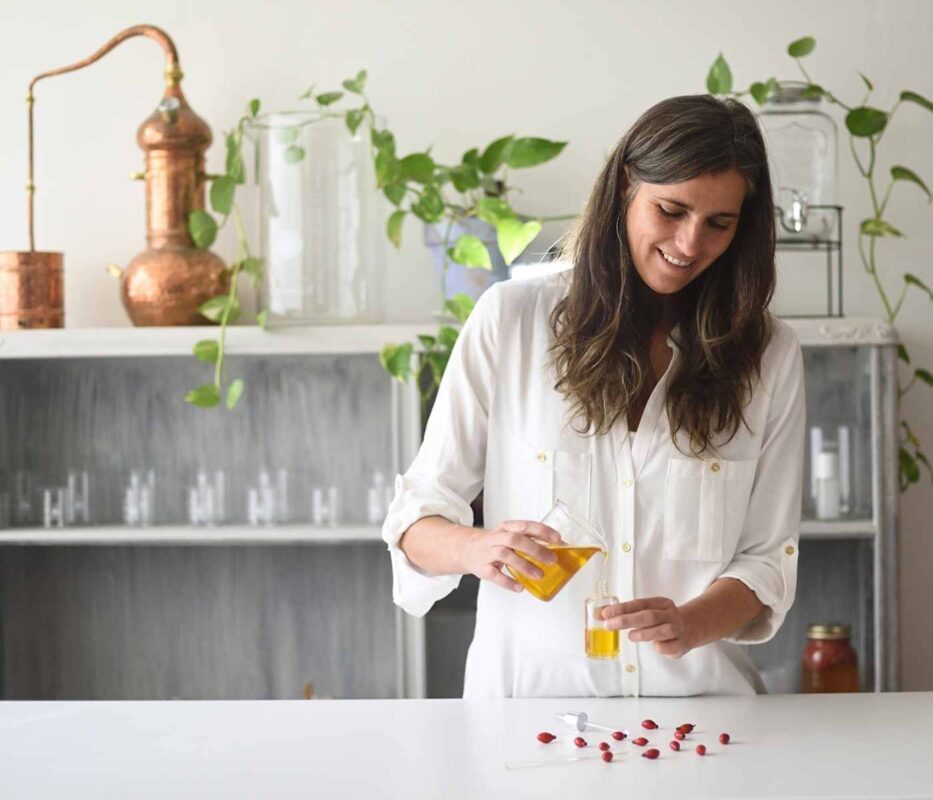
One way to test purity is to put a drop of the oil on a piece of paper. If the oil leaves a stain, it contains impurities. Another way to test purity is to put a drop of the oil in a glass of water. If the oil floats on top of the water, it is pure. If it sinks, it contains impurities.
While these methods can be useful, they are not foolproof. For the most accurate results, it’s best to have your oil tested by a professional. A detailed guide to buying 100% pure essential oils like this one is key.
The Dangers Of Not Using 100% Pure Essential Oils
Now that you have seen what it takes to determine essential oil purity, it’s important to understand the dangers of using an impure oil. Here are some potential risks:
– Using an impure oil can result in skin irritation or other allergic reactions.
– Inhalation of impure oils can lead to respiratory problems.
– Impurities can reduce the efficacy of the oil and make it less effective for treating certain conditions.
– Some impurities can be toxic and potentially dangerous.
To avoid these risks, it’s important to only use 100% pure essential oils that have been tested for purity. By taking these precautions, you can ensure that you’re using a safe and effective product.
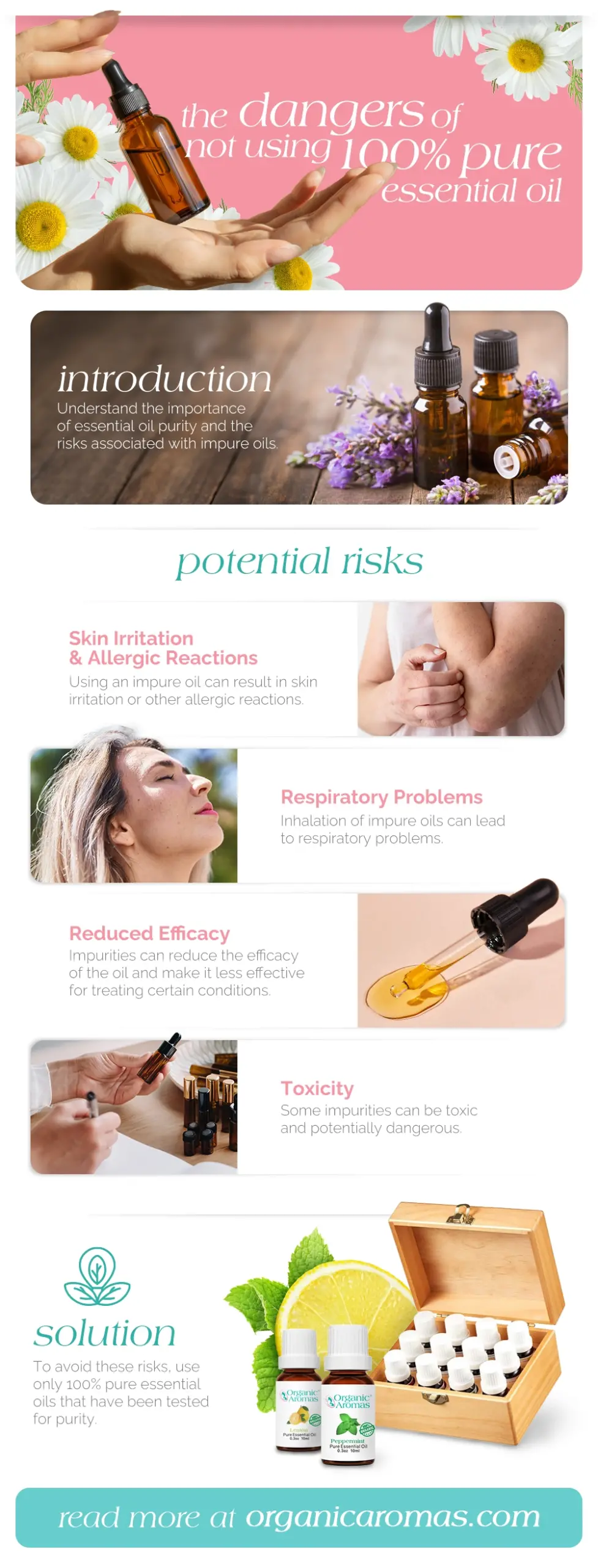
How Organic Aromas Ensures 100% Essential Oil Purity
Organic Aromas sells 100% pure essential oils to her customers. Oils are tested by a third-party laboratory for purity and quality. On every essential oil product page, customers can access the essential oil testing results. You can see all the components of each oil you are purchasing and how pure it is. Before buying, take a moment to go through this essential information.
Additionally, all of our oils are sourced from countries with sound standards for essential oil production. This ensures that our products meet the highest possible quality standards.
If you’re looking for a pure, high-quality essential oil, we invite you to try our product. We’re confident that you’ll be satisfied with the results.
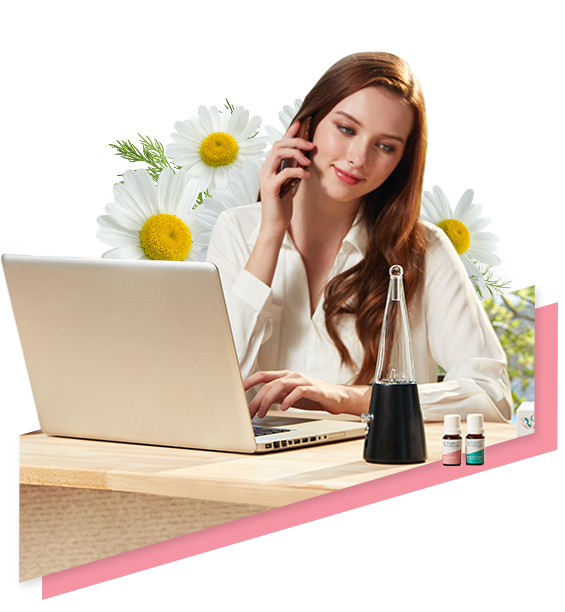
Join Our Exclusive Member Club to get Big Discounts!
What Is The Difference Between Pure Oils and Organic Oils?
The term “organic” is regulated by the USDA. To be certified organic, a product must meet certain standards. For example, it must be grown in soil that has been free of chemical pesticides and fertilizers for at least three years.
The term “pure” is not regulated. It simply means that the oil is 100% pure and does not contain any impurities. Organic Aromas sells both pure and organic essential oils. Naturally, organic oils will cost more money, and every penny is worth it.
What Is The Shelf Life Of Pure Essential Oils?
Pure essential oils have a shelf life of 2-3 years. However, some factors can affect this. For example, if an oil is exposed to light or air, it will degrade more quickly. To extend the shelf life of your oils, be sure to store them in a dark, glass bottle with a tight-fitting lid.
Final Note
Aromatherapy can only be effective when 100% pure essential oils are used. To ensure purity, buy your oils from a reputable company that sells GC/MS-tested products. At Organic Aromas, we sell pure, high-quality essential oils that are sourced from countries with top-notch standards for production. See our selection of essential oils today!
Frequently Asked Questions (FAQs)
What is the best way to verify the purity of essential oils?
Look for oils tested using Gas Chromatography/Mass Spectrometry (GC/MS), which provides a detailed breakdown of the oil’s chemical components.
How do pure essential oils differ from certified organic essential oils?
Pure essential oils are 100% unadulterated and free from impurities, while organic oils meet specific agricultural standards, including no chemical pesticides or synthetic fertilizers.
Can I test essential oil purity at home?
Simple home tests like the blot test can indicate impurities if the oil leaves an oily residue, but they are not as reliable as professional testing methods.
Why should I avoid non-pure essential oils?
Impure oils can lead to adverse reactions like skin irritation or reduced effectiveness and might contain harmful toxins.
What factors affect the shelf life of pure essential oils?
Factors include exposure to light, heat, and air. Store oils in dark, tightly-sealed containers to extend their shelf life, which typically ranges from 2 to 3 years.

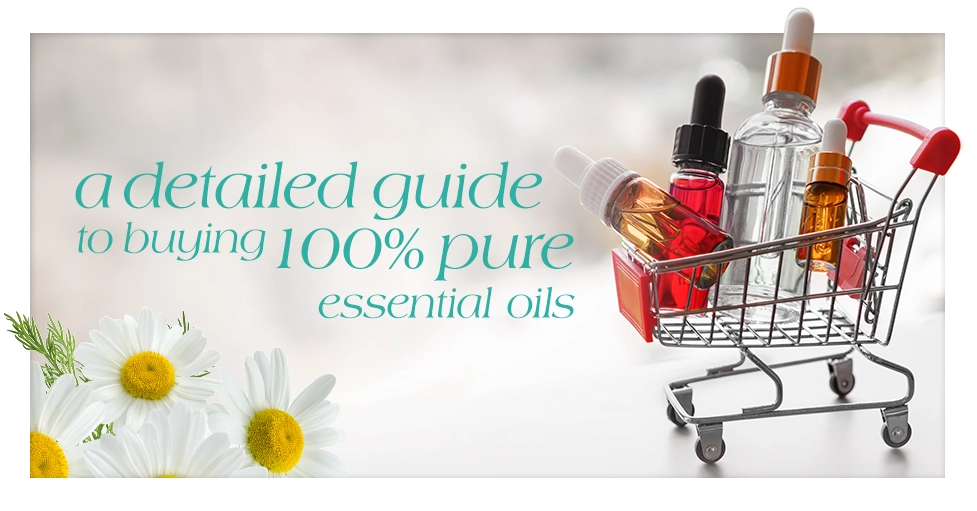

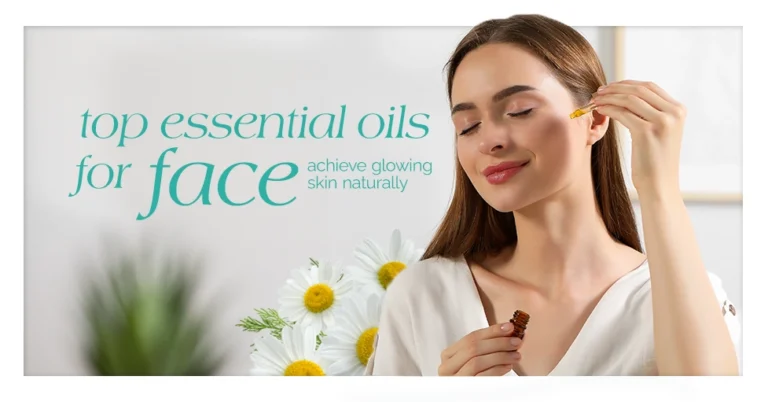
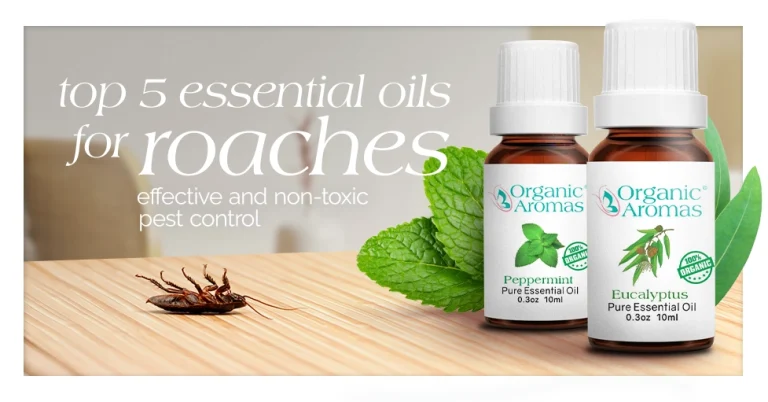
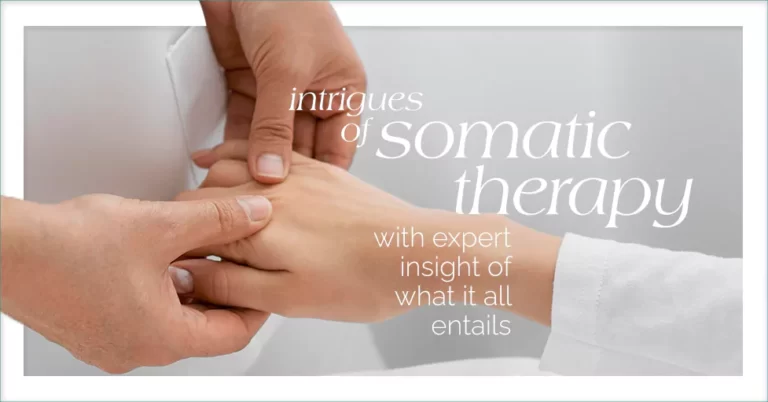
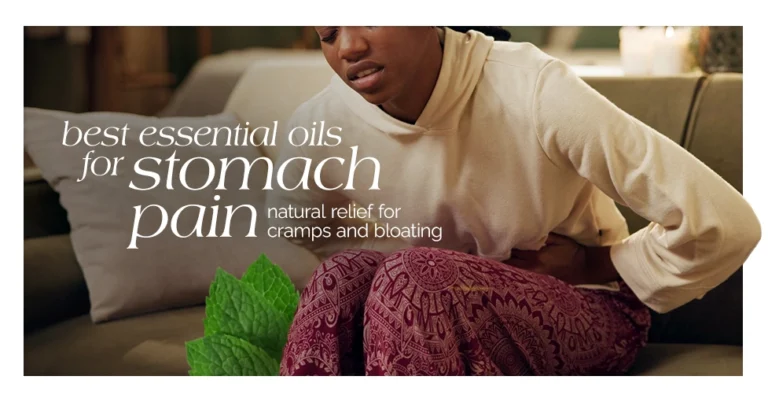

I love that there is third party verification
This is some great information. I really feel like the most important sentence in this whole article is this one: “Check the label to make sure the oil is 100% pure and has not been diluted with any other substances.” There is a lot of stuff out there that isn’t pure.
So helpful – I have literally just brought a book about oils. It is a sign for my healing journey ❤️
So interesting.
Very helpful thanks
Thank you!! I’m new to essential oils and I have a lot to learn. Right now I’ve been using them on some organic dryer balls that I have instead of dryer sheets.
if 10/10=x, and x+y=2, what does y=?
If essential oils are essential, then why/how are those of us that don’t use them still living. Essential oils are not essential.
Informative in-depth article! Thank you for sharing.
Ok
This is good stuff to know before buying!
Thanks for the advice. I now know what to look out for!
Great information I love essential oils and I will definitely be taking your information on board
I haven’t really thought about the percentage of actual oil in what I’m buying. I will do from now on
Lots of confusion with so many places selling oils.. Thanks for informing on how to make the right choices and explaining exactly why to make those choices.
thanks for the advice well worth taking onboard
Thanks for explanation how to deciding buy oil and the differences between pure oil and organic oil.
Nice article. I love essential oils.
Good infomation.
This information is so helpful, there are soooo many different brands out there.
Very detailed.
Thank you for the advice. I like to aim for pure essential oils myself. I think that they are definitely safer if you have pets at home. I usually read the labels and then call a friend of mine who knows a lot more than I do in this department.
I never knew you could test your oils. That is awesome.
Very good info. Thanks.
Such wonderful information!
It really helps the average consumer, like myself, understand how to pick the best oils!
Thanks for the great advice! It’s so confusing, as there are so many sites out there.
Fascinating
The information was great. Thanks.
Great info!
Good information on why to use pure essential oils.
Very interesting – this is all new to me!
Had no idea what all was involved in “100% pure”
This is a great key to making sure you get true oils. So many are labeled but you always question
sounds interesting
Love these oils
hAVE TO TRY
Such great information!
Do you wholesale? I own an herb shop and am very particular about my oils for all of the reasons you stated above. Would love to carry your products on my shelves.
Thank you for the informative article!
New to oils this is informative
I’ve wanted to know much of this info. Thanks for passing it along, it’s great to have it all together.
I sure did learn something today!!! I am going to go thru all my oils now! THANKS
So good to know! I did not check for purity before
What ones work well with migraines?
Very interesting!
Interesting! I didn’t know oils had to go through a purity test.
Good to know about the Essential Oil Purity test.
very interesting
Thanks for the information just started using this so it is very helpful advice .
Thank you for this information–theres a lot of “fakes” out there!
I am a novice when it comes to essential oils. This was very informative. I bookmarked it for future reference.
I’ve love using oils for theraputic reasons, ty for the info
I didn’t know about checking how it’s purity is tested and found it very helpful.
It’s always great to find a good deal, but sometimes you do pay more for quality and I am okay with that.
Thanks for educating me on oil purity.
Thank you for the information on essential oils. This is information I did not have.
I learned how to check oil for purity. Thanks
I use essential oils and appreciate the great information.
I use essential oils and appreciate the great information.
Thank you for such a detailed article! I learned a lot!
This is great information.